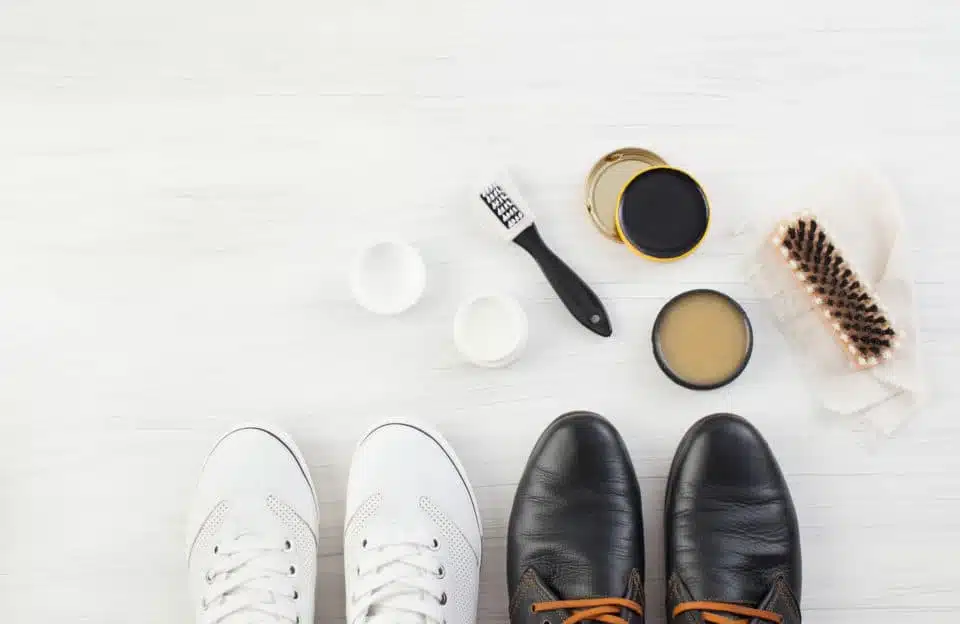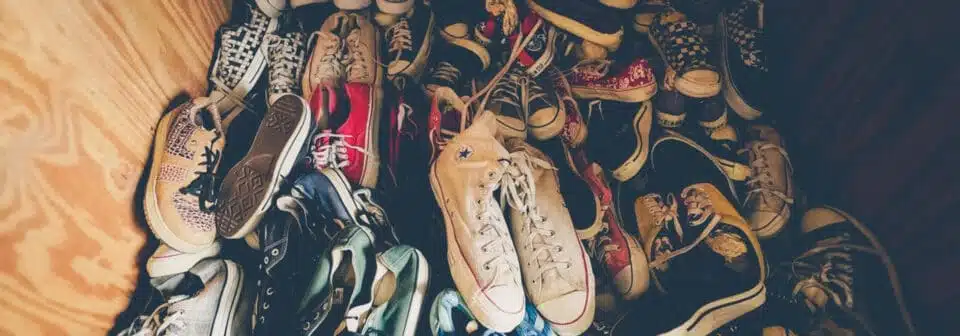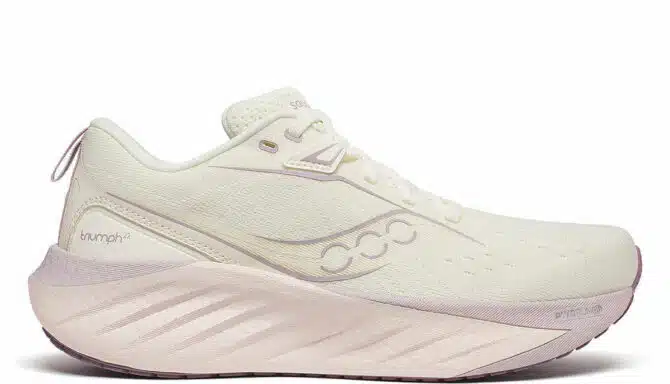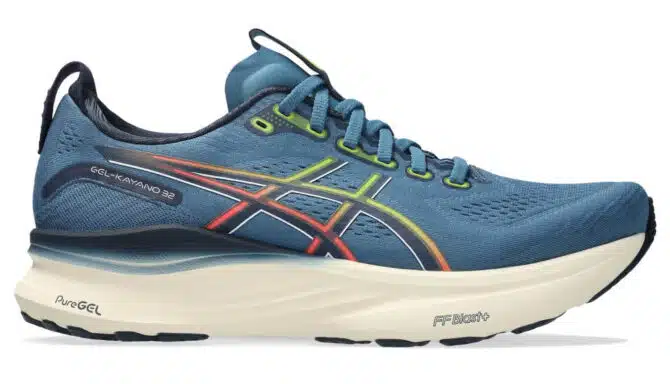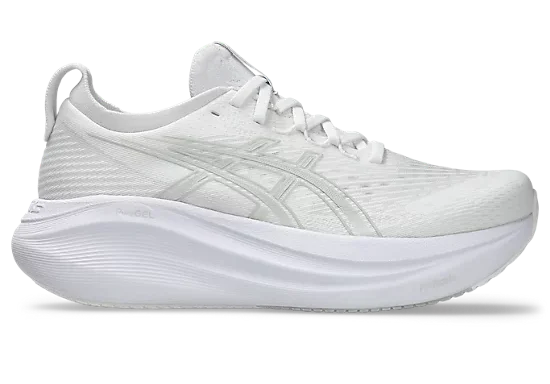What belongings do you regularly clean? Your clothes? Your car? Household items? What about your shoes?
Cleaning and maintaining your shoes regularly has many benefits:
- Your shoes will last longer
- They’ll be more comfortable
- They’ll look great and maintain their out-of-the-box appearance
Whether it’s preventative care or fixing blemishes like scuffs or dirt, occasional care for your shoes will help extend the life and quality of your shoes. This includes your athletic shoes, sandals, boots, heels, flats – you name it!
Usually it is a good idea to trial a small area (where you can’t see) to make sure that no damage is occurring. Remember to follow manufacturer recommendations and make sure you are using the right material with the right product.
In this article, we’ll tell you the 10 best in how to clean and maintain your shoes, and keep them looking their best.
1. Polish leather regularly
Polish often. Polish thoroughly. For leather-based shoes, you’ll want to polish them right out of the box, and then regularly after that. Even the most high-end, durable boots will benefit from a bit of polish, as it helps fend off dirt, and gives your shoes a fresh new look. Alternatively, you can use a Magic Eraser to avoid using a brush.
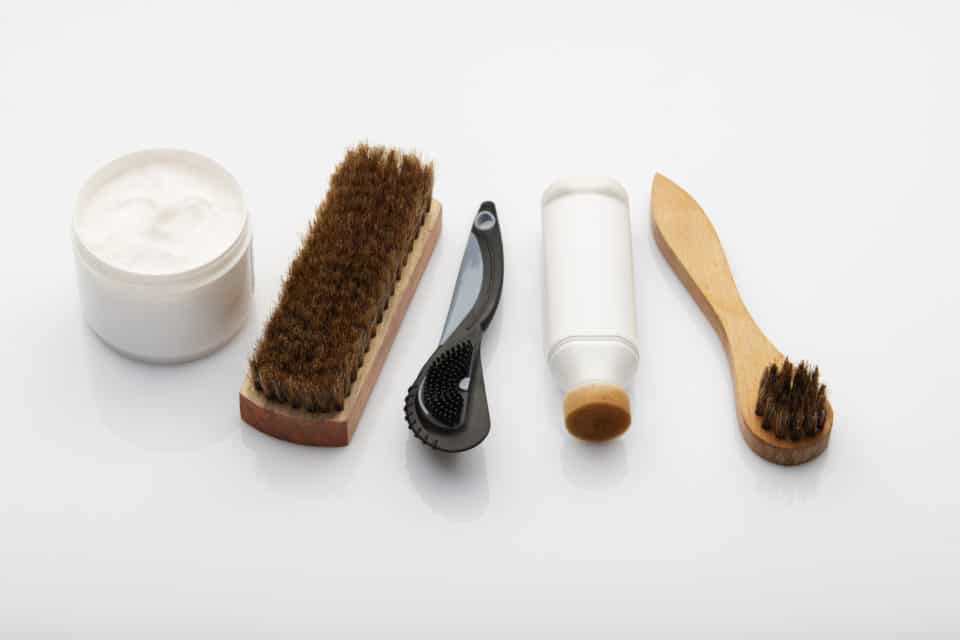
2. Save your suede
Suede footwear can be delicate. A protective spray can help protect against the elements, while a brush can help keep your suede looking good as new.
3. Store shoes in a cool, dry place
Where you keep your shoes influences their longevity and pristineness. You want to store shoes in a cool, dry place. Temperature and humidity can affect the material of your shoes in different ways. For example, hot temperatures and high humidity can make leather brittle and weaken the glue used in certain footwear. Additionally, shoes left in humid areas are more likely to grow mildew or mould, and hold odour.
For bright and colourful footwear, you’ll want to keep them out of direct sunlight or you run the risk of bleaching them. Here are some storage do’s and don’ts for your shoes:
Don’t
- Leave your shoes outside
- Put your shoes in a shoe cabinet immediately after use
- Continuing wearing shoes when they’re wet
- Use wire racks
- Keep your shoes in a confined space, for example, a small plastic box with no ventilation
Do
- Organize shoes accordingly (whether it’s by colour, season, or popularity)
- Use a shoe tree to help maintain the shape of your shoes (see more on that below)
- Clean shoes before putting them away so the dirt and grime doesn’t settle
- Add silica packs to help absorb moisture
4. Dry your shoes
You should always allow your shoes to dry between uses. This allows the damp material in your shoes to recover, and also helps protect your feet.
Here are some best practices when it comes to drying your shoes:
- Use a machine dryer if necessary. Always check the label to ensure machine drying is safe, and when doing so, use the lowest temperature setting (typically air dry)
- Let your shoes air out for up to 24 hours
- Avoid wearing the same set of shoes on consecutive days. This not only allows them to dry, but it also allows the rubber sole to recover to its original form (oftentimes, this is recommended for running shoes)
- Avoid leaving your shoes out in direct sunlight, even if it means they’re drying
- Use newspaper inside your shoes to help draw out moisture
Can shoes dry rot?
Yes they can: Footwear needs fresh air. Otherwise, glue and adhesives can dry out, causing them to crumble, fall apart, or lose their purpose. The result: heels break down and the inside lining can flake away. This is dry rot. Storing shoes in airtight plastic boxes – where there’s no fresh air – for long periods of time can cause dry rot and permanent damage to the shoes.
5. Hand wash your footwear (where applicable)
There are some instances where washing your footwear in the washing machine is OK, and in other instances, it’s not. Shoes solely made of canvas, nylon, cotton, or polyester sometimes can be machine-washed if they are durable enough to withstand a spin cycle and won’t be damaged by detergent. Footwear made of leather, suede, rubber, or vinyl is a no-go for the washing machine. In any case, you should refer to the care guide for your shoes to determine the best way to clean your shoes. If you no longer have the care guide for your shoes, go to the manufacturer’s website.
Which shoes are machine washable?
Yes to machine washing:
- Nylon
- Cotton
- Polyester
Generally, you’ll want to place your shoes (without their laces and insoles) in a garment bag before putting them in the wash. This protects both the washing machine itself and the footwear. Then, machine wash on delicate. Once complete, you should air dry your shoes to allow them to properly drain out.
No to machine washing:
- Leather
- Suede
- Rubber
- Vinyl
For these materials, use a mix of cold water and vinegar (generally 50:50), and use a brush to gently remove any dirt or stains.
6. Add a layer of rubber to the soles
Using rubber on the soles of your shoes can help preserve the life of your shoes if your shoes’ soles are worn out, or don’t already have a good quality rubber outsole. For high heels, a rubber plastic cap can help preserve the life of the heel cap itself. For dress shoes or leather shoes, a rubber sole can help prevent your leather soles from holes, and other damage. A rubber sole can also be easily replaced. This means that you can swap in a new sole for a worn-out one while preserving the top half of the shoe, which may well be in pristine condition.
Note: Many high-quality shoes already come with well-constructed rubber soles. If your shoes already have a good rubber outsole, there’s no need to add an additional layer of rubber unless the existing outsole wears out.
7. Wear socks
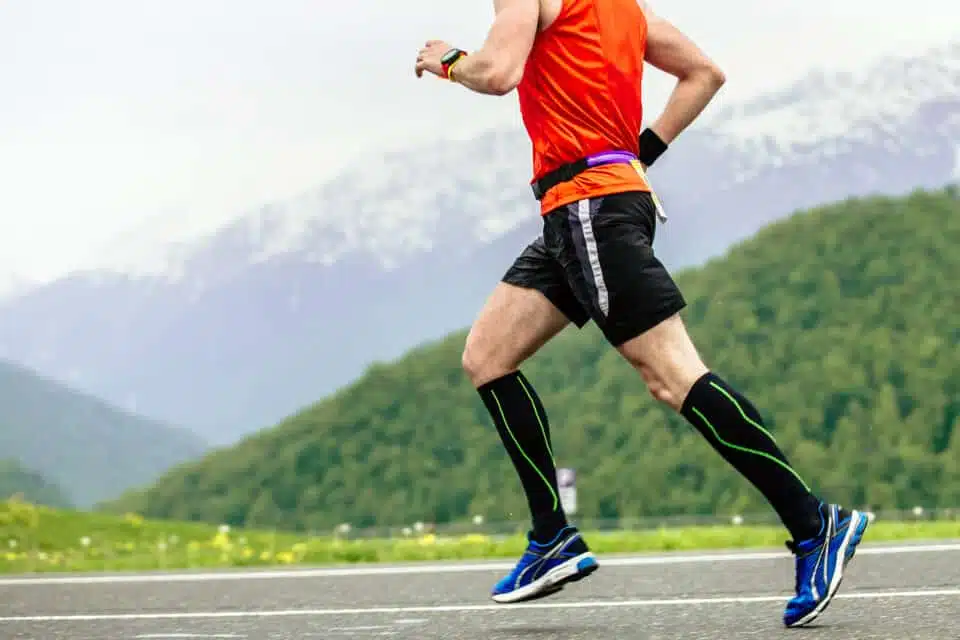
Our feet can get very sweaty. In fact, there are more than 200,000 sweat glands in our feet – more than in any other part of our body. Wearing socks helps absorb moisture from your feet instead of going directly into your shoe’s materials. This helps reduce odour and will lessen the need to regularly wash your shoes. Plus, dry feet are happy feet. Reducing excess moisture build-up around your feet helps prevent conditions like a fungal toenail or athlete’s foot.
If you want to go sans socks, consider wearing open-toed footwear (unless you are Diabetic). Also stick to sandals with breathable, moisture-wicking materials like cork and properly treated leather. In other words, go sockless in footwear designed for bare feet.
8. Treat your shoes like you do skincare
In the same way, you make sure your skin is well taken care of, shoe care is very similar. Clean, moisturize, repeat. There are a number of different products you can use to help lengthen the life of your shoes. For example, cream polish, wax polish, shoe cream, and conditioner all exist for footwear. All serve a different purpose, whether it’s for conditioner moisturizing the leather, or cream polish leaving your shoes with a nice shine. Fortunately, many of these products are $10-20 and can be used on occasion, so they should last you a while.
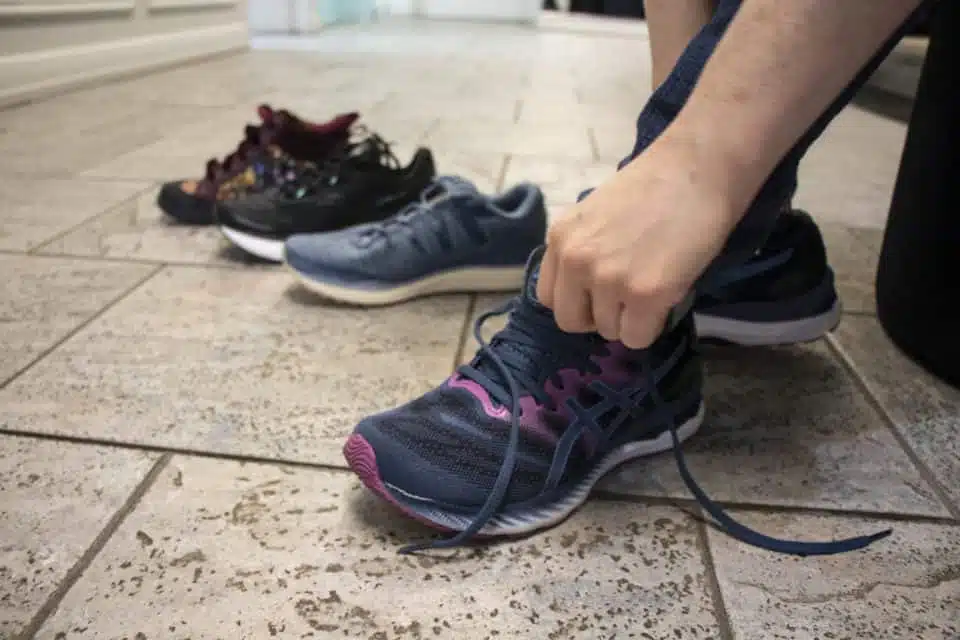
9. Take your shoes off (and put them back on) properly
Yes, slipping your shoes on and off can be convenient. But it also damages the footwear. There’s a better way! Tie and untie the laces of your shoe each time. You won’t wear down the heel this way. You can also use a shoehorn for easy slip-on, and slip-off situations. For regular shoes or even high heels, refrain from taking one shoe off with the other, as it crushes the heel, or in the case of high heels, the heel cap.
10. Use a shoe tree
Shoe trees are inserts for your shoes that help them maintain their shape while not being worn. This helps extend the life of the shoe and prevent some of the issues that can occur when you store shoes for long periods of time. These devices, most often made of wood or plastic, also reduce footwear moisture thanks to increased airflow. By extension, shoe trees can also help reduce odour (via the shoe trees’ material) and leave your beloved pair smelling fresh. Aesthetically, these affordable devices — with costs typically between $20 – $30 — can also reduce wrinkles in the shoe’s material.
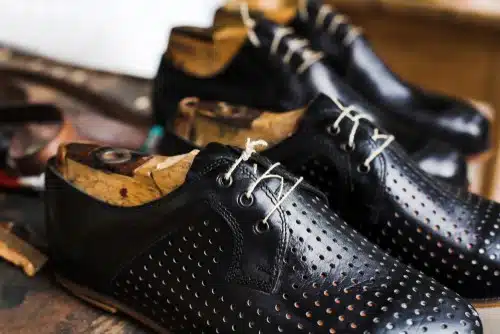
If you want your running shoes to be assessed or you need some help finding the best running shoes for you, ask our professional Chiropodists here.
